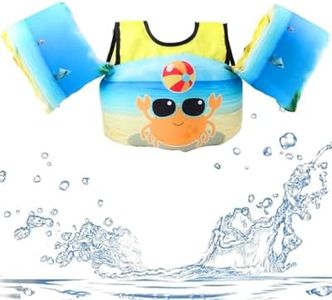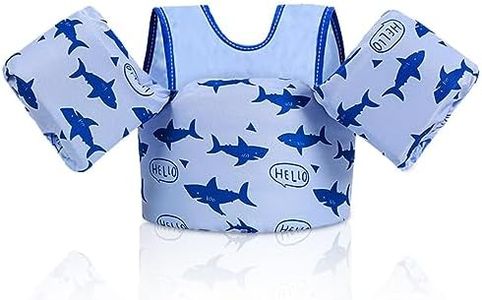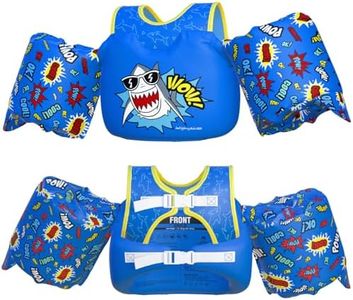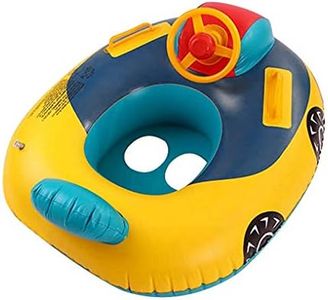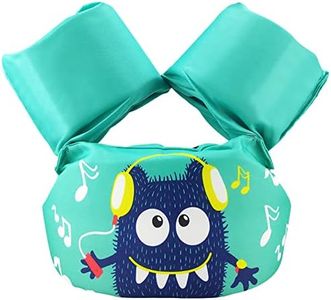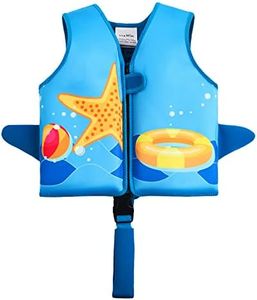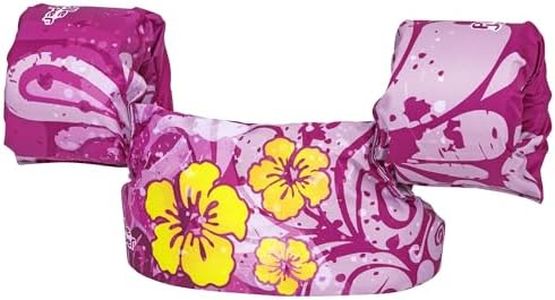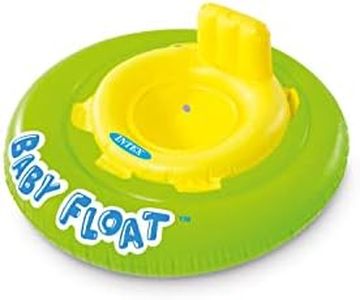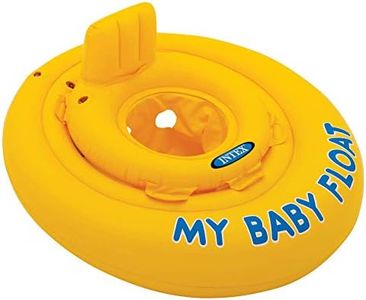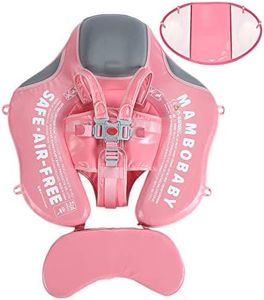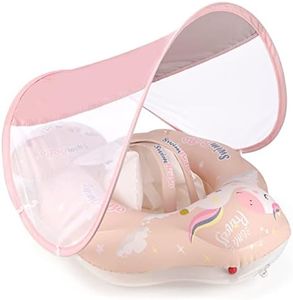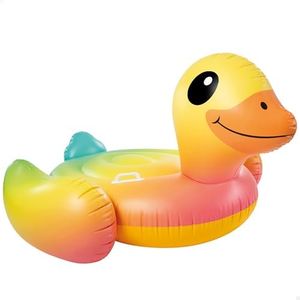We Use CookiesWe use cookies to enhance the security, performance,
functionality and for analytical and promotional activities. By continuing to browse this site you
are agreeing to our privacy policy
10 Best Baby Floaties
From leading brands and best sellers available on the web.Buying Guide for the Best Baby Floaties
Choosing baby floaties is a great way to help your little one enjoy water safely and comfortably. The right floatie can give your baby both freedom and support in the pool or at the beach. Since baby floaties come in a variety of shapes, sizes, and safety features, it's important to think about your child’s swimming experience, age, and where you plan to use the floatie. Always remember, floaties are not a substitute for supervision—never leave your baby unattended around water. Focus on picking a floatie that’s comfortable, secure, and appropriate for your baby's size and development stage.Weight and Age GuidelinesThis specification tells you for which age and weight the floatie is designed. It’s crucial because using a floatie outside its designated weight range can make it ineffective or unsafe. Manufacturers typically split floaties into weight brackets (e.g., 0-12 kg, 12-18 kg) and age ranges like 3-12 months or 1-2 years. Choose a floatie that matches your baby's current weight and age to ensure the device fits snugly and supports your child properly.
Buoyancy TypeBuoyancy refers to how the floatie keeps your baby above water. Some floaties use air chambers you blow up, while others are made from foam. Air chambers are lightweight and easy to store, but they require careful inflation and regular checking for leaks. Foam floaties are more durable but can be bulkier. If you plan frequent use or want something easy to travel with, consider air chambers, but if you want a sturdier, puncture-proof option, foam is a good choice.
Support DesignThis spec is about how the floatie supports your baby’s body in the water. Some floaties offer seat-like designs with leg holes, while others provide chest or arm support. Seat-type floaties help babies who can’t sit up well, while chest or arm floaties are better for babies who are a bit older and can hold themselves upright. Consider your child’s stage of development—pick a design that matches their physical abilities for the best comfort and safety.
Safety FeaturesSafety features include things like multiple air chambers, safety valves, secure straps, wide bases for stability, and non-toxic materials. Multiple air chambers can help a floatie stay afloat even if one part leaks. Straps and wide bases prevent tipping or slipping, and non-toxic materials make sure it’s safe for babies to chew or touch. Look for floaties that have several of these features to provide added peace of mind.
Sun ProtectionSome baby floaties come with built-in canopies to protect your child from the sun’s harmful rays. This is important if you’ll use the floatie outdoors, especially for babies with sensitive skin. Canopies can be removable or fixed. If you plan long outings in open water, a floatie with a UPF-rated canopy can help keep your baby comfortable and protected.
Ease of Use and PortabilityThis refers to how easy the floatie is to set up, carry, and clean. Inflatable models are often lighter and easy to pack, which is helpful if you’re going on vacation or moving between pools. Some floaties can be quickly inflated and deflated, while durable foam models are always ready but may take up more space. Also, check how easy it is to rinse off after use—this is handy for keeping the floatie clean and hygienic for your baby.
